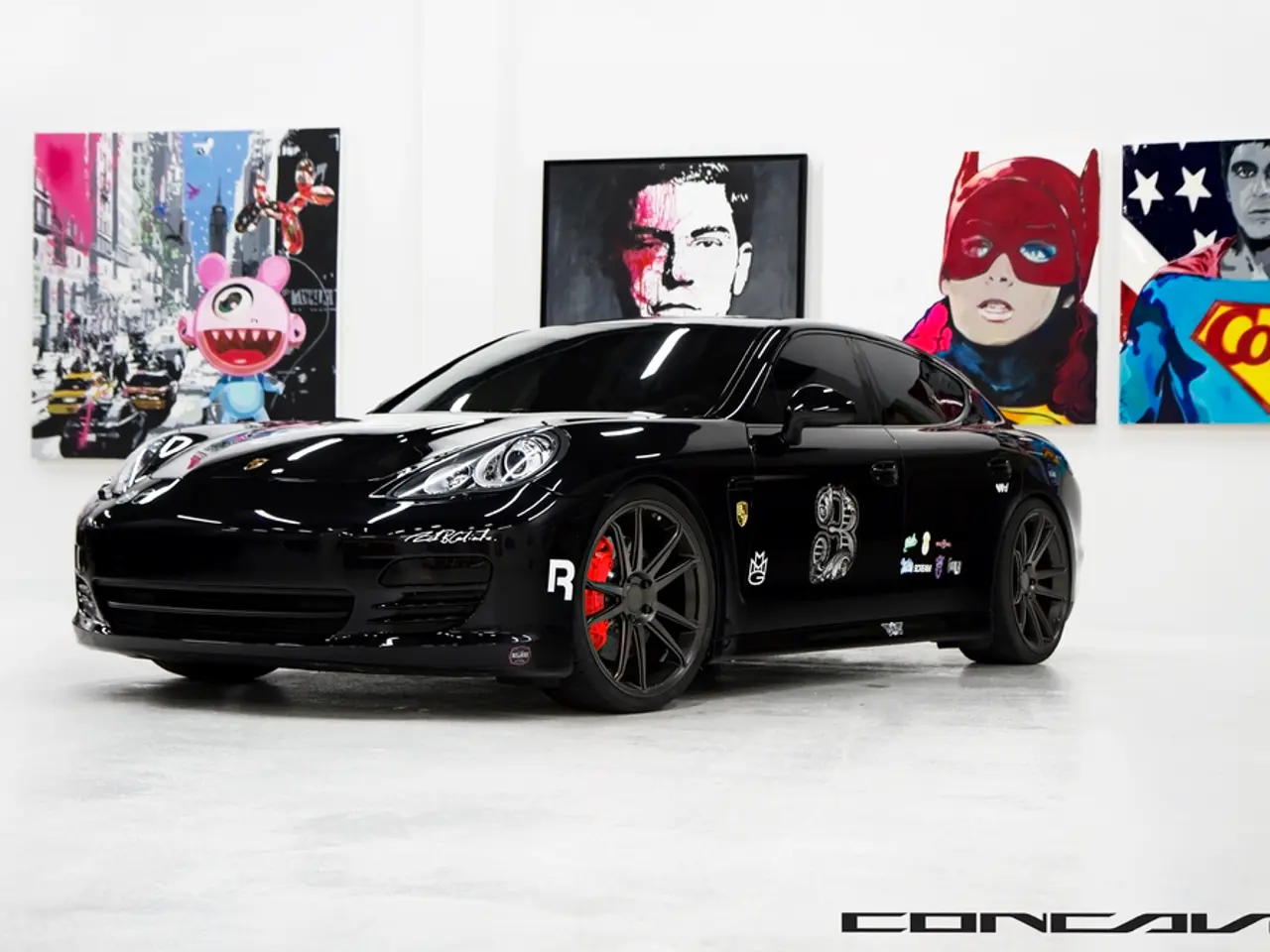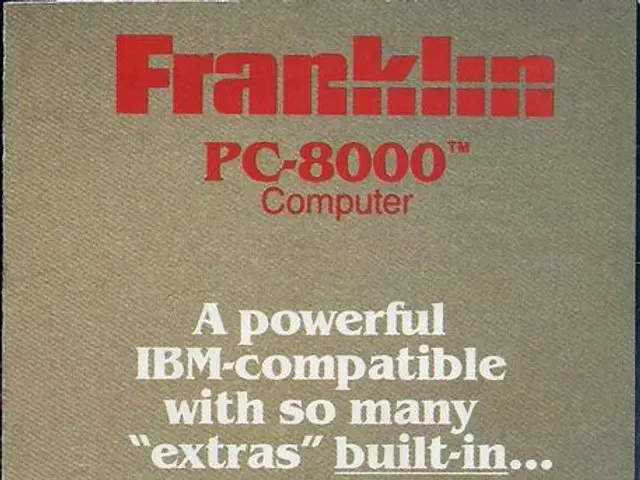Timelessly unique masterpieces that left an indelible impression
In the world of automobiles, there are vehicles that have left an indelible mark, not for their unparalleled performance or timeless design, but for their challenges and controversies. These cars, once intended to compete with luxury vehicles of the era, have become more infamous than iconic.
One such example is the Triumph Stag, launched in 1970. Designed to rival the luxury cars of its time, the Stag was hampered by mechanical issues, particularly with its cooling system and timing chains. Despite its attractive features, its reliability problems overshadowed its appeal, leading to poor sales and an early demise.
Another vehicle that faced similar challenges is the DeLorean DMC-12, introduced in 1981. Famous for its role in the "Back to the Future" film series, the DeLorean suffered from a lackluster engine and reliability issues. Its production run was short-lived, and it is more known for its pop culture status than its automotive prowess.
The Chrysler PT Cruiser, launched in 2000, aimed to capture the retro wave with its vintage-inspired design. However, its performance and build quality failed to impress over time. Its design became dated quickly, standing as a testament to the challenges of sustaining a retro-inspired model in a rapidly evolving market.
The AMC Gremlin, introduced in 1970 as an answer to the growing demand for compact cars, was plagued by quality issues and a lack of refinement. Its cheap price reflected the corners cut in its production.
The Ford Edsel, introduced in 1958, was meant to bridge the gap between Ford and Mercury but failed due to overhype, poor marketing, and a recession. The Edsel's unconventional design, particularly its vertical grille, which some likened to a toilet seat, was a major turn-off for many.
The Pontiac Aztek, launched in 2001, is often remembered for its polarizing design, earning it the title of one of the ugliest cars ever made.
Some vehicles became infamous due to safety issues, poor sales, or controversial designs. The Chevrolet Corvair Monza, for instance, was notorious in the 1960s for safety concerns related to its rear-engine design and handling. The 1968 Buick GS Stage 1 and some other muscle cars initially flopped in sales but later gained a different kind of reputation often tied to performance problems or market failure rather than classic iconic status.
In contrast, truly iconic classics like the Ferrari 250 GTO are celebrated for their design, performance, and legacy rather than infamy.
The Yugo GV, introduced to the U.S. market in 1985, was marketed as an affordable European import. However, it was often ridiculed for its frequent breakdowns and poor build quality, despite being priced under $4,000.
These infamous cars serve as a reminder of the complexities of the automotive industry, where even the most promising vehicles can face challenges in adapting to a changing market and maintaining their appeal over time. Despite their flaws, these vehicles have gained a cult following and are remembered more for their notoriety than their success.
- In the realm of technology, these infamous cars have also left an indelible mark, not for their sleek design or groundbreaking features, but for their challenges and controversies associated with them.
- As sports gain more popularity, some vehicles have underperformed, much like these cars, despite initial aspirations to outshine their competitors, their names are now more synonymous with infamy than success.




